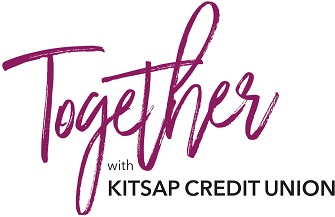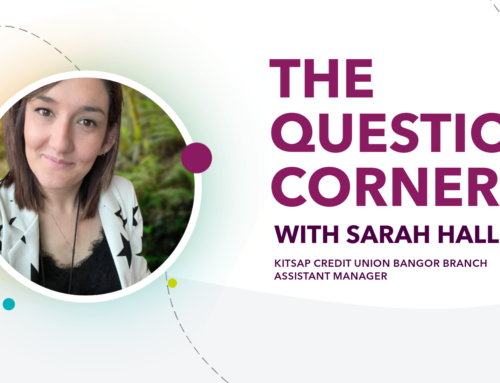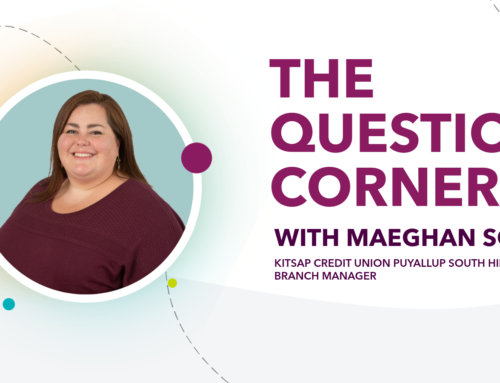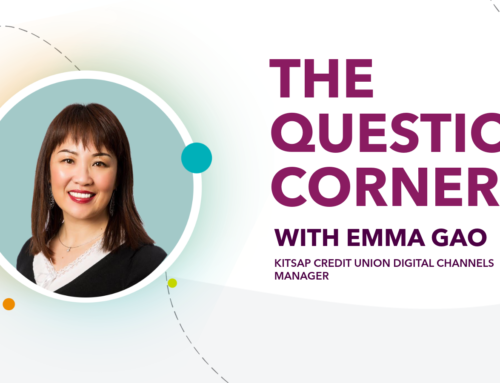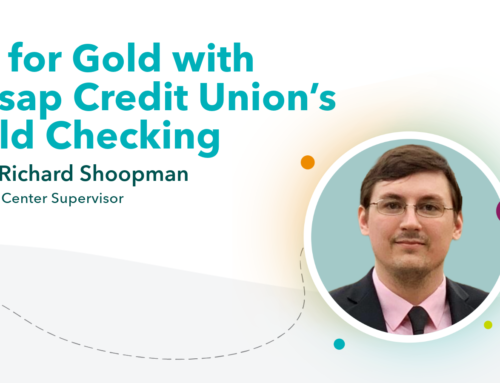One survey shows that approximately 80% of Americans are currently in debt. Whether it be from a credit card, student loan, or mortgage, understanding how debt works and creating a plan to reduce your debt will help you better manage your finances.
Understanding How Debt Works
It’s important to understand that there are different types of debt and that not all types of debt are bad.
Good debt:
Certain investments, such as buying a home or getting an education may require you to take out a loan to afford the cost. These investments are generally considered to be “good debt” because they have the potential to increase your net worth or to appreciate, meaning they will rise in price or value over a period of time.
Bad debt:
“Bad debt” refers to loans that are taken out to fund something that depreciates or diminishes in price or value over a period of time. Loans with high interest rates that you will not pay off quickly, such as a payday loan or a high interest credit card may be problematic.
Creating a Plan to Reduce Your Debt
Whether you have “good” or “bad” debt, creating a plan to reduce debt will help reduce debt related stress and allow you to better manage your finances. There are a few things to consider when planning the best way to budget to reduce your debt.
First consider, how much debt should I pay back each month?
A common method of figuring out how to budget is the 50-30-20 rule, which recommends that you spend 50% of income on needs, 30% on wants, and 20% on savings or debts.
What strategies can I use to pay off debt?
There are two strategies that are commonly used to pay off debt — the Avalanche Method and the Snowball Method. Both are designed to pay back debt as quickly as possible.
Avalanche Method
In this strategy you pay the most toward your debt with the highest interest rate first while paying the minimum on the rest of your debts. The Avalanche Method aims to save money over time by paying off the debt with the highest interest rate first.
Snowball Method
In this strategy you pay the most toward your debts with the lowest balance while paying the minimum on the rest of your debts. The Snowball Method aims to pay off smaller debts more quickly which may improve your debt to available credit ratio.
How can I decide which strategy is right for me?
Start by making a list of your current debts, the balance on each debt, and the interest rate. Then ask yourself, are there any small debts on your list that you could pay off quickly using the Snowball Method?
Look at the interest rate on each of your debts, to use the Avalanche Method, aim to pay off the debt with the highest interest rate first while continuing to pay the minimum payment on the rest of your debts.
While there’s no right or wrong answer as to which method to use, you may find that one suits your needs better than the other while still allowing you to pay off debt as quickly as possible.
If you want to learn more about budgeting to reduce debt or are in need of assistance feel free to check out our free Financial Wellness resources at https://www.kitsapcu.org/personal/financial-wellness/ or reach out to our knowledgeable team members in person or via phone at 360-662-2000.
